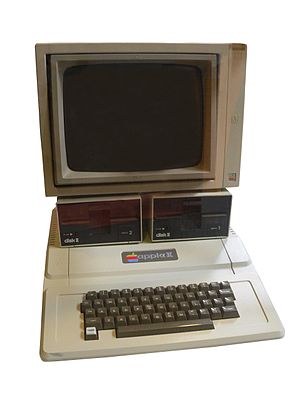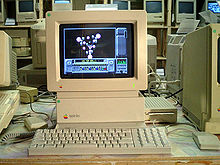


April Greiman is regarded as one of the most influential graphic artists in digital media. Massimo Vignelli described her as the most daring and meaningfully experimental graphic designer in the world.
She was one of the first to embrace computer technology as a design tool in 1984. She is also credited with bringing New Wave design to the US. As a student of Armin Hoffman and Wolfgang Weingart in the early 1970s, Greiman explored the International Style in depth, as well as Weingart’s personal experiments in developing an aesthetic that was less reflective of the Modernist heritage and more representative of a changing, post-industrial society. New Wave was a more intuitive, eclectic departure from the stark organization and neutral objectivity of the grid that sent shock waves through the design community.
In 1984 Grieman designed “Iris Light” This poster is significant due to its innovative use of video imagery and integration of New Wave typography with classical design elements. This work incorporated a still video image, which at a time meant shooting a traditional photograph off the monitor using a 35mm camera. It was the first hybrid piece incorporating digital technology. Greiman said “Instead of looking like a bad photograph, the image was gestural. It looked like a painting; it captured the spirit of light.” Click here to view image: http://madeinspaceshop.com/lrgposterimages/Iris_Light_Web.jpg


In 1985 "Design Quarterly" invited Grierman to design an issue about her work. Her piece challenged existing notions of what a magazine should be. Rather than the standard thirty-two-page sequence, she reformatted the piece as a poster that folded out to almost three by six feet. On the front is an image of Greiman’s digitized, naked body amid layers of interacting images and text. On the back, colorful atmospheric spatial video images are interspersed with thoughtful comments and painstaking notations on the digital process — a virtual landscape of text and image. Beyond considering whether digital technologies made sense, the Design Quarterly poster seemed to embody the disillusionment of a nation deeply wounded by the Vietnam war and shaped by the growth of feminism, spiritualism, Eastern religion, Jungian archetypes, and dream symbolism. “Does It Make Sense?” was also an astounding technical feat. The process of integrating digitized video images and bitmapped type was not unlike pulling teeth in the early days of Macintosh and MacDraw. The files were so large, and the equipment so slow that she would send the file to print when she left the studio in the evening and it would just be finished when she returned in the morning.
Before the appearance of “Does It Make Sense?” designers widely considered bit-mapped type and imagery not only unorthodox but unacceptable, straying too far from the clean, crisp precision of the Intermational Style. The computer itself was viewed as cold and unfriendly, wildly expensive, and a harbinger of the demise of fine design. After the publication of Design Quarterly #133, many designers felt compelled to reconsider the role of the computer in design practice. Greiman’s willingness to ask the question, and to place it at the center of the design community, triggered countless debates about computers, context, and creativity.
LINKS
http://www.artandculture.com/users/36-april-greiman
April Greiman's blog: http://blog.aprilgreiman.com/
http://www.mkgraphic.com/greiman.html
http://aprilgreiman.com/home.html

























































